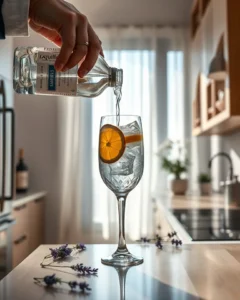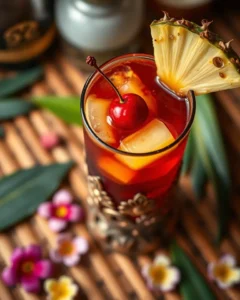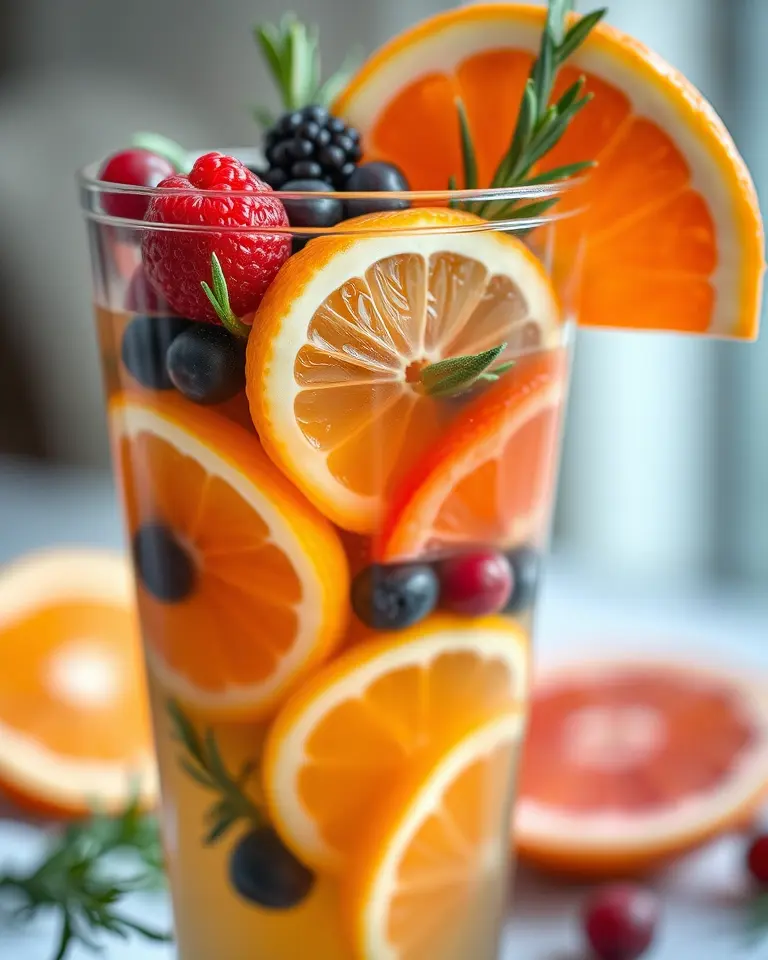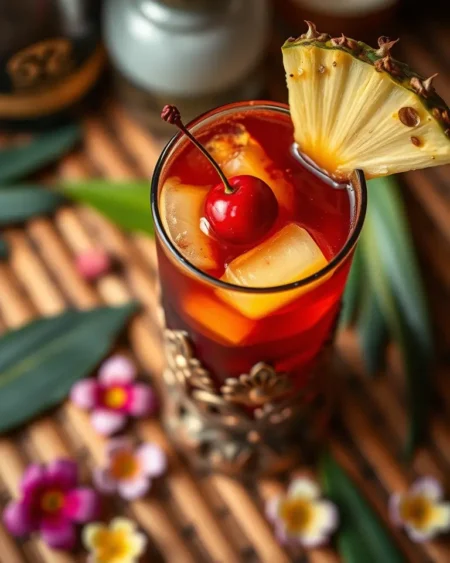The quintessential British summer drink, the Pimm’s Cup, is renowned for its refreshing blend of gin, fruit, and effervescence. However, the world of fruit cups extends beyond this classic, offering a diverse range of flavors and ingredients. One such variation is the gin-based Fruit Cup No. 1, a cocktail that pays homage to the Pimm’s Cup while carving its own unique identity. This article explores the nuances of this delightful drink, providing insights into its creation and variations.
What is a Fruit Cup?
A fruit cup is essentially a type of cocktail that combines a base spirit, typically gin, with a variety of fruits, herbs, and a sparkling mixer. It is often considered a bottled punch, designed to be lengthened with a mixer and garnished generously. Fruit cups are most popular in the UK, but their appeal extends to other parts of the world, including Australia, New Zealand, and even New Orleans. While Pimm’s No. 1 Cup is the most well-known example, variations abound, with different base spirits and flavor profiles.
The Allure of Gin-Based Fruit Cups
While Pimm’s is a gin-based liqueur, a gin-based fruit cup takes a slightly different approach. These cocktails emphasize the role of the gin as the primary spirit, often complemented by other elements like vermouth, orange liqueur, and a sparkling mixer. This approach allows for a more tailored experience, where the base spirit’s character is not overshadowed by the pre-mixed flavors of a liqueur. The flexibility in ingredients and proportions allows for a custom-made cocktail that can be adjusted to one’s preferences.
Difford’s Fruit Cup No. 1: A Step-by-Step Guide
One popular variation is Difford’s Fruit Cup No. 1, which offers a boozier and more robust alternative to the traditional Pimm’s Cup. This recipe provides a good starting point for those looking to explore the possibilities of a gin-based fruit cup. Here’s how to make it:
Ingredients:
- 50 ml Dry Gin
- 30 ml Red Vermouth
- 15 ml Orange Liqueur (such as Cointreau or Curaçao)
- Ginger Ale
- Angostura Bitters
- Fresh fruit for garnish (lemon, orange, strawberry slices, mint sprig, and borage or cucumber)
Instructions:
- Prepare the Glass: Select a Collins glass and chill it beforehand to ensure your cocktail stays cold for longer.
- Add the Base Spirits: Pour the gin, red vermouth, and orange liqueur into the glass.
- Add Bitters: Dash in Angostura bitters.
- Add Ice and Initial Garnish: Add ice to fill the glass halfway. Then add a citrus slice and a few mint leaves.
- Top with Mixer: Fill the rest of the glass with ice and top with ginger ale.
- Garnish: Finish with the remaining fruit garnishes for a vibrant and appealing look.
This version is designed to be more potent than a standard Pimm’s cup, offering a fuller flavor profile. If it proves too strong, reduce the amounts of gin, vermouth, and orange liqueur slightly and add a bit more ginger ale or mixer.
Variations and Customizations
The beauty of a fruit cup lies in its adaptability. Here are a few ways you can customize your gin-based fruit cup:
- Mixers: While ginger ale is a popular choice, consider experimenting with other options like:
- Sparkling Lemonade: For a lighter, more citrusy flavor.
- Tonic Water: For a slightly bitter and more complex taste.
- Ginger Beer: For a spicier and more intense ginger flavor.
- Cola: For a sweeter and spicier flavor profile
- Fruits: Don’t be afraid to mix and match fruits to create your own unique blend. Consider:
- Berries: Strawberries, raspberries, and blueberries add sweetness and color.
- Citrus: Lemons, limes, and oranges offer tartness and aroma.
- Melon: Watermelon or cantaloupe can provide a refreshing, subtle sweetness.
- Herbs: Fresh herbs can enhance the aromatic complexity of your fruit cup. Mint is a classic choice, but try others like:
- Basil: For a slightly peppery and fragrant note.
- Rosemary: For a piney and savory undertone.
- Lemon balm: For a lemony and citrusy aroma.
- Additional Liqueurs: A splash of other liqueurs can add layers of flavor and depth:
- Elderflower Liqueur: For a floral and sweet note.
- Ginger Liqueur: To enhance the spicy notes of ginger.
- Aperol or Campari: For a slightly bitter and more complex flavor.
- Muddling: Gently muddling some of the fruit can release more flavor and aroma, but be careful not to over-muddle, which can lead to a bitter taste.
Other Gin-Based Fruit Cup Variations
Besides Difford’s recipe, other variations exist, demonstrating the diversity of this category:
- Melbourne Fruit Cup: This version combines gin, dry vermouth, ginger ale, and lemonade for a refreshing summery drink.
- Bombay Fruit Cup: Utilizes two types of gin (Bombay Citron Presse and Bombay Bramble) combined with tonic water, ginger ale, and a variety of fresh fruits and mint.
- Plymouth Fruit Cup: This variation combines Plymouth Gin with fruit liqueurs, vermouths, aromatic bitters, and citrus fruit extracts. The result is a drink with a burst of tangerine and lime with aromatic fresh blossom.
- Pimm’s and Gin: This cocktail combines Pimm’s with additional gin and a dash of Fernet Branca, a bitter Italian liqueur, along with fruit and ginger ale. This adds a strong herbal flavor that complements the Pimm’s and fruit.
Historical Roots and Modern Twists
The concept of fruit cups is rooted in the Victorian era, where they were made with a base spirit, fruits, and spices. The Pimm’s brand was established in the 1820s, and its popularity has made it synonymous with the category. However, many variations have existed over the years, with different base spirits such as Scotch whisky, brandy, rum, rye whiskey, and vodka. While most of these variations have been discontinued, they demonstrate the wide range of possibilities within the category.
Today, bartenders and home mixologists are rediscovering the appeal of fruit cups, experimenting with different combinations and flavors. This resurgence is driven by a desire for refreshing and customizable cocktails that can be enjoyed throughout the summer.
The Perfect Summer Sipper
A gin-based Fruit Cup No. 1, whether following Difford’s recipe or experimenting with your own creation, offers a sophisticated and refreshing alternative to the classic Pimm’s Cup. Its versatility and potential for customization make it an ideal drink for social gatherings, summer barbecues, or simply a relaxing afternoon. By understanding the basic principles of a fruit cup, and experimenting with different flavors and combinations you can create a personalized summer cocktail that is both delicious and impressive.







